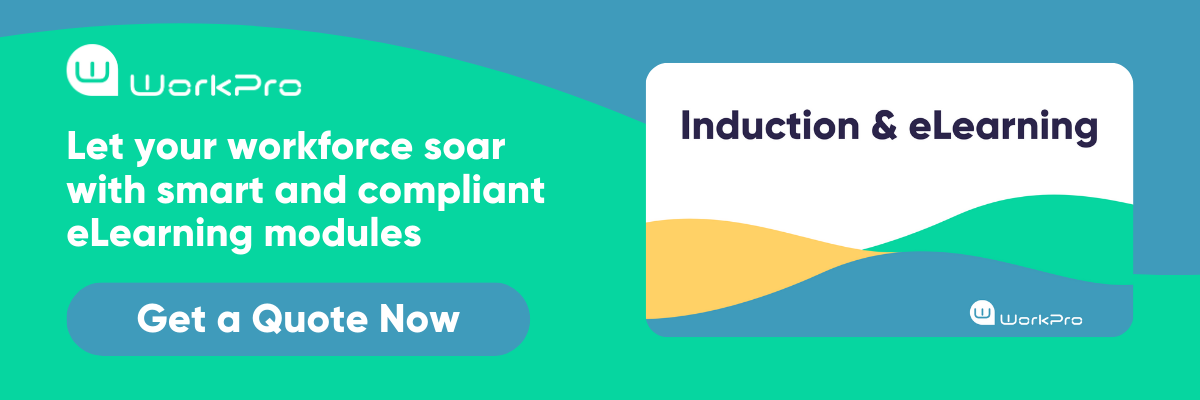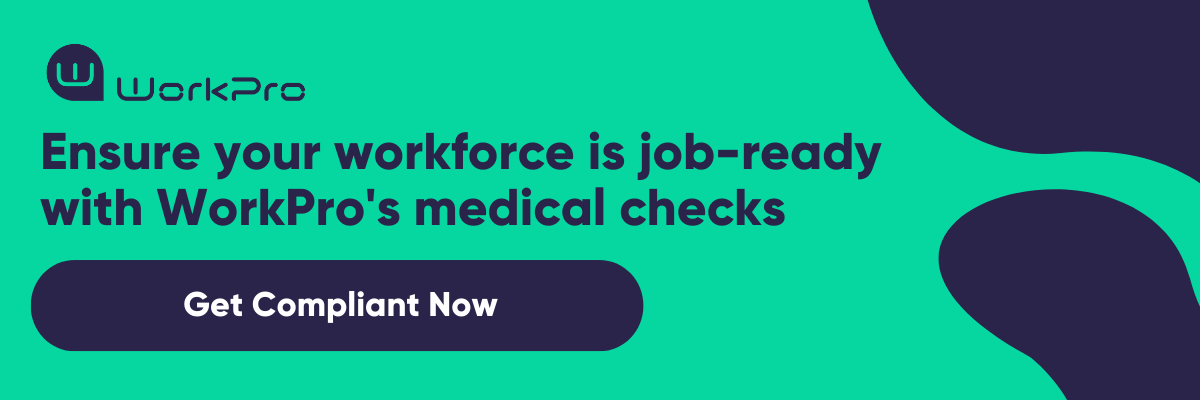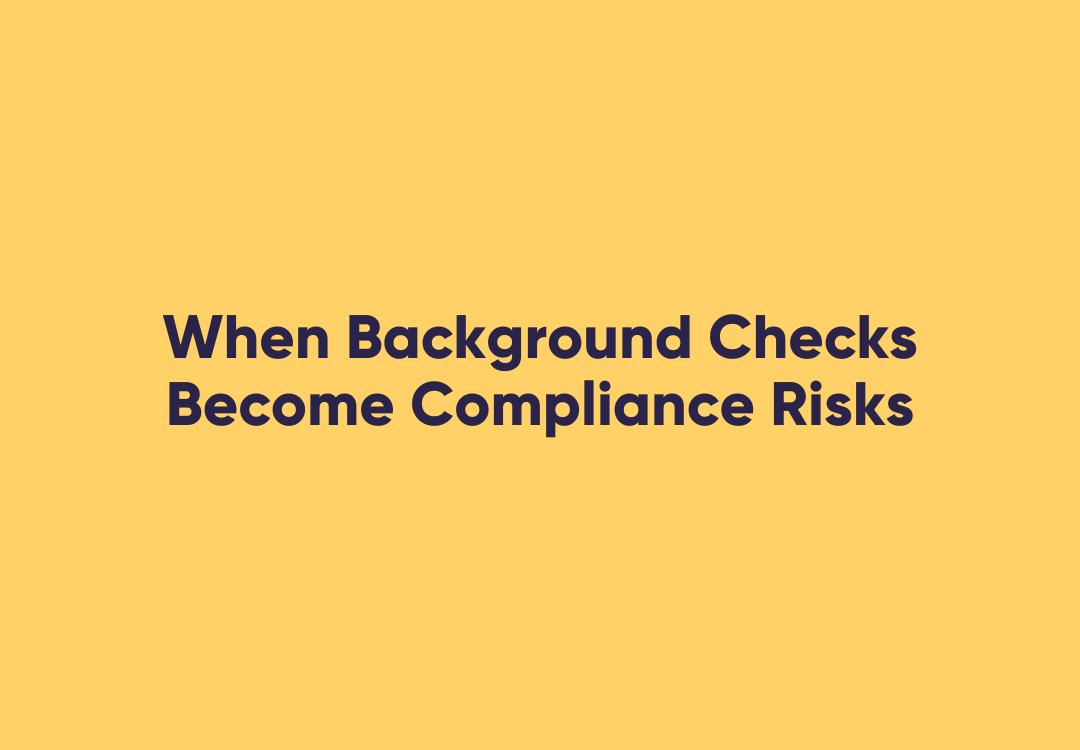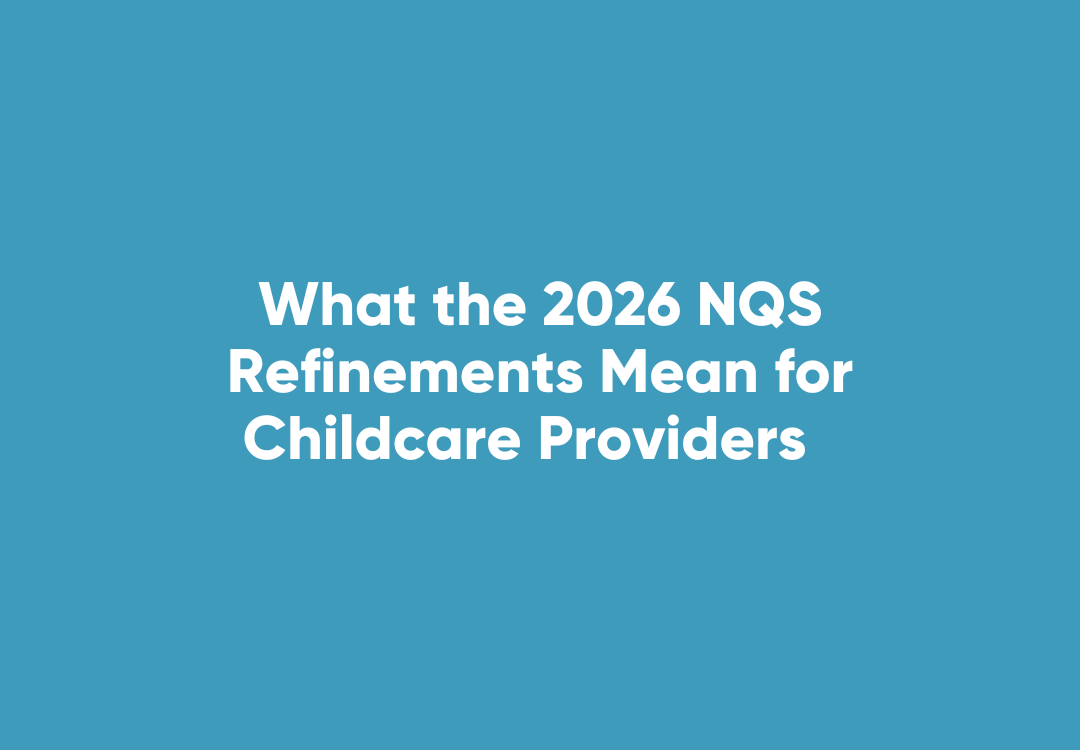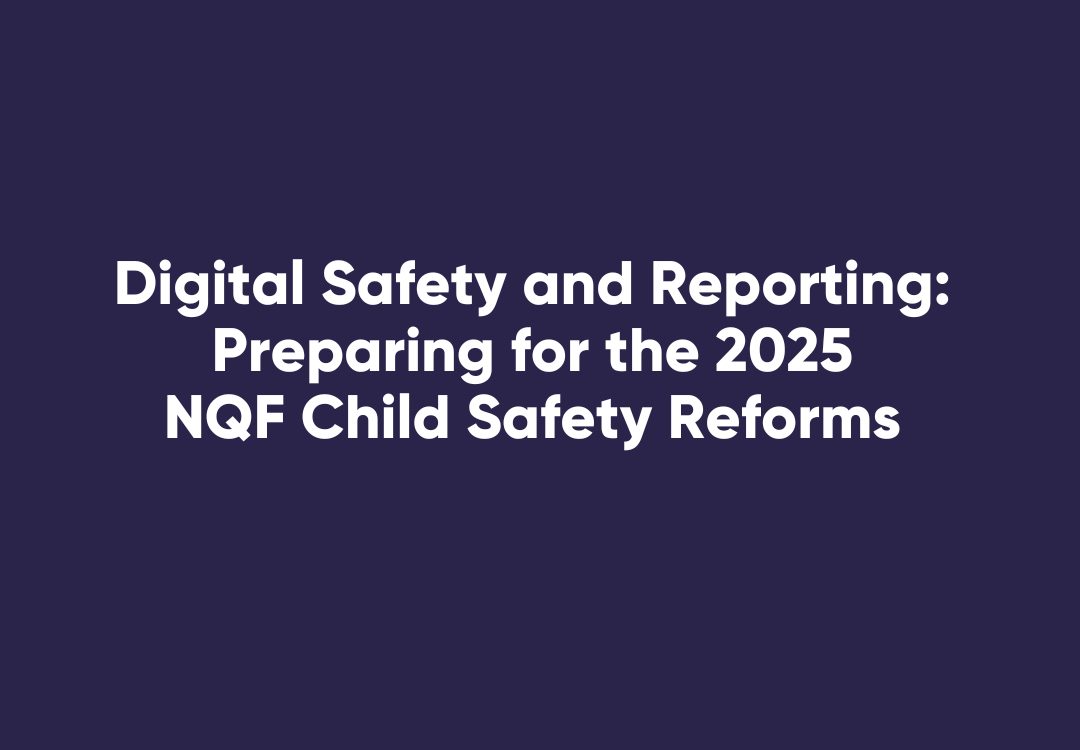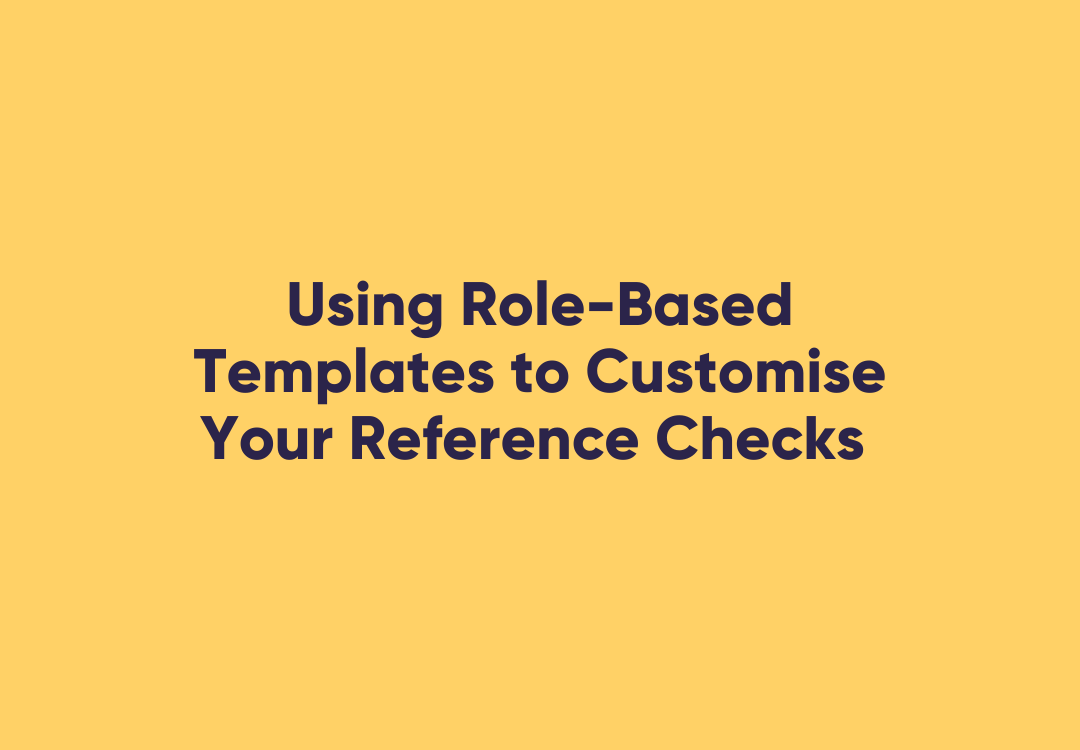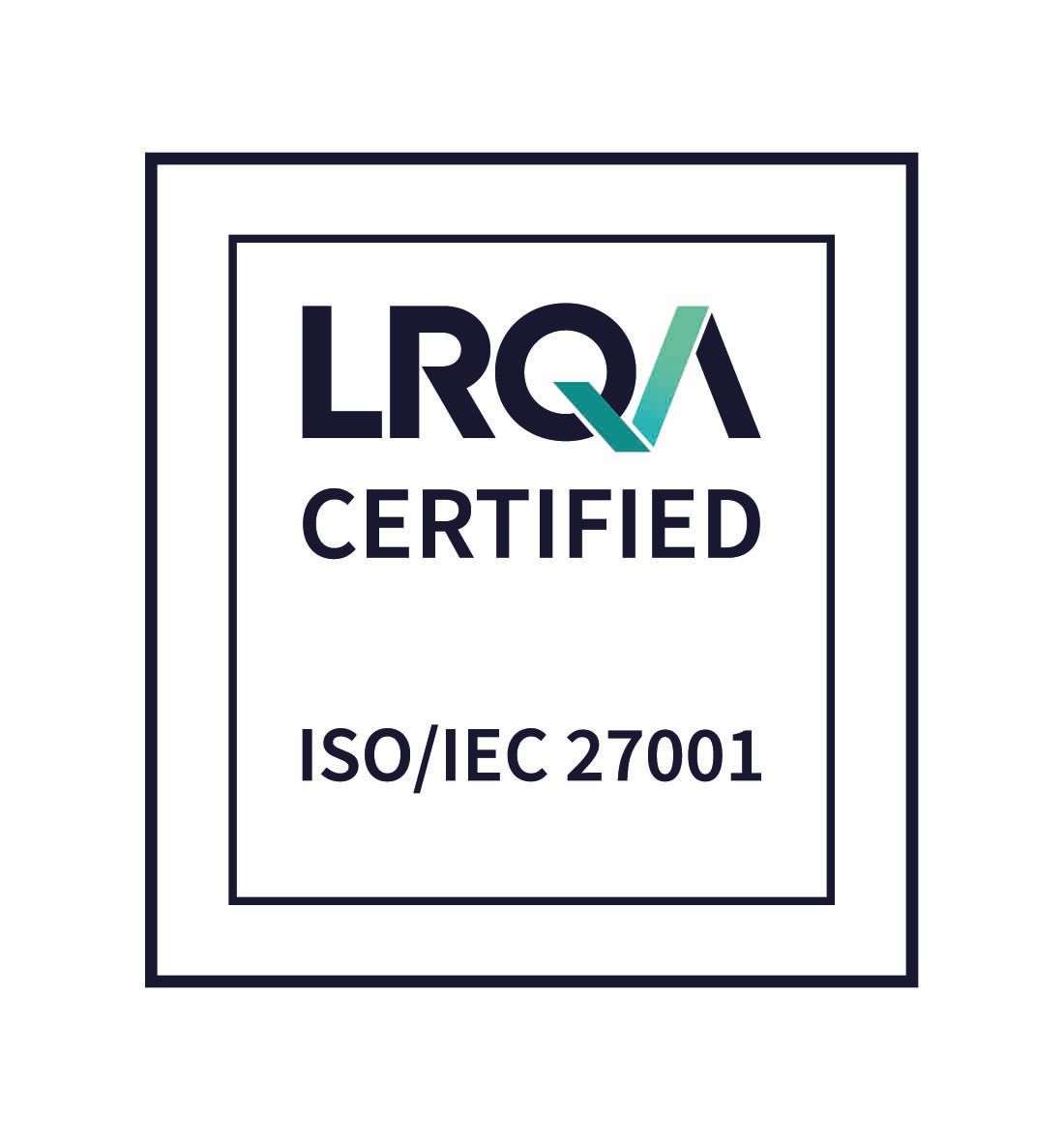What are the Biggest WHS Risks White Collar Workers Face?
When you think of high-risk jobs, you might conjure up images of blue collar workers operating heavy machinery or warehousing staff lifting heavy loads while forklifts whiz around them.
To some extent, this perception is accurate.
For example, Safe Work Australia found that the finance and insurance sector has only 1.1 serious injury claims per million hours worked, compared with 10.7 in the agriculture, forestry and fishing industry.
Work health and safety is just as important in the office as it is in more industrial sectors.
While labour intensive positions may carry more risk, that’s certainly not to say that office employees are completely free of work health and safety concerns.
Due to the sedentary nature of these jobs, they often involve a range of risks for employers to be aware of, highlighting the need for companies across a range of sectors to have strong work healthy and safety training processes in place.
What are are some of the most common risks white collar workers face?
1. Eye strain
Computers have become such an integral part of the modern office that employees are regularly starting at screens for the vast majority of the working day.
As a result almost 1 in 2 (48 per cent) Australian office workers suffer from eye fatigue, according to Optometrists Association Australia.
This can lead to eye strain, reduced productivity levels and ultimately a more vulnerable workforce.
2. Stress
As companies continue in their quest to become more efficient, and technology makes it ever more difficult for staff to truly disconnect from work, it may come as little surprise to learn that stress is a common risk factor for office workers.
In fact, around 44 per cent of all Australians cite their job as a source of stress, according to figures collated by the Australian Psychological Society.
Around 1.8 million Australians have issues with their back.
3. Back pain
The government-backed Health Direct initiative reported that around 1.8 million Australians have issues with their back, and 70-90 per cent of the population will suffer from back pain at least once in their lives.
This may be particularly pronounced among white-collar workers.
Why?
Well, as research published by the University of Queensland discussed, office workers who need to sit for extended periods of time to complete their tasks are at high risk of injuring their musculoskeletal systems through repetitive overuse.
In fact, the study suggested that as many as 50 per cent of computer users suffer from these symptoms.
Keeping your employees safe – even in environments that are perceived to be low risk – is vital.
What are you doing to keep your employees safe at work?


